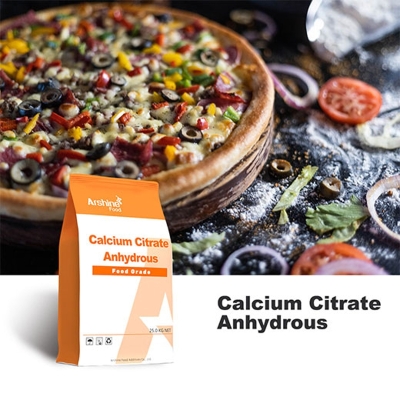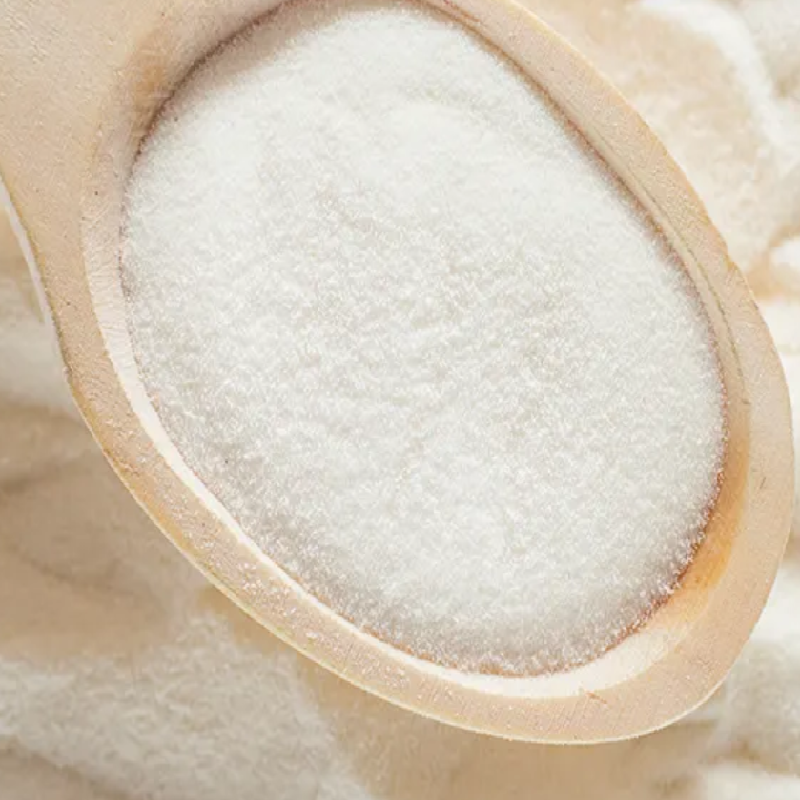-
Categories
-
Pharmaceutical Intermediates
-
Active Pharmaceutical Ingredients
-
Food Additives
- Industrial Coatings
- Agrochemicals
- Dyes and Pigments
- Surfactant
- Flavors and Fragrances
- Chemical Reagents
- Catalyst and Auxiliary
- Natural Products
- Inorganic Chemistry
-
Organic Chemistry
-
Biochemical Engineering
- Analytical Chemistry
- Cosmetic Ingredient
-
Pharmaceutical Intermediates
Promotion
ECHEMI Mall
Wholesale
Weekly Price
Exhibition
News
-
Trade Service
Introduction
Liver disease is a common disease, liver diseases mainly include hepatitis B, hepatitis C, alcoholic liver disease, non-alcoholic fatty liver disease
.
Worldwide, about 2 million people die each year from liver injury-related liver disease and 1 million from complications of
cirrhosis.
After the occurrence of liver damage, hepatic stellate cells are activated and induced to produce contraction, proliferation and fibroblast-like myfibroblast-like phenotypes, leading to the accumulation of collagen and other extracellular matrix components, the constant stimulation and accumulation of these substances leads to the destruction of liver structure and liver nerve function, leading to apoptosis of hepatocytes and decreased
liver function.
At present, there is no particularly good program
for the daily protection of the liver.
People usually take treatment medications after liver damage has already occurred, which can lead to multiple drug reactions
.
People in Asia's longevity region often have the habit of eating health food, many of which have the effect
of improving human immunity, improving gastrointestinal tract, and protecting liver and gallbladder.
In China, honeysuckle (Lonicerae japonica Flos) has been consumed as tea for more than a thousand years
.
In modern times, health tea, hot pot seasoning, toothpaste and other products made of honeysuckle are widely used
.
For example, Jiaduobao herbal tea, which uses honeysuckle as one of the main raw materials, has been on the market for 26 years
.
At present, glycyrrhizin, thiopronin, enlicaxane and other drugs are commonly used for the treatment of liver injury, compared with Western medicine, honeysuckle tea has the advantages
of no adverse reactions, low price, delicious, etc.
But there are still some problems: its chemical composition is complex, its quality is difficult to control, and the mechanism of action is not clear
.
Therefore, it is interesting
to look for honeysuckle hepatoprotective active compounds and explore their mechanism of action.
Wang Song, Jiang Hai et al.
of the Graduate School of Heilongjiang University of Chinese Medicine took traditional Chinese medicine honeysuckle as the research object, screened out the compounds with hepatoprotective activity in honeysuckle, explored their mechanism of action, and gave a unique perspective
on the quality control and application of honeysuckle.
Results and Discussion
Spectral Effect Association Study In this study, UPLC-PDA was first used to establish the fingerprints of ten batches of honeysuckle from different origins, and a total of 13 common chromatographic peaks were labeled (Figure 1).
Then ten batches of honeysuckle extract were investigated for liver protection, and the results showed that the content of alanine aminotransferase (ALT), glutamate aminotransferase (AST), total bilirubin (TBIL), tumor necrosis factor (TNF-α) in serum after the chemical (CCl4) entered the body was significantly lower than that of the control group, and the content of glutathione (GSH) in the liver was significantly higher than that of the control group (Figure 2).
。 Using the spectrodynamic correlation method, three chromatographic peaks with high contribution to hepatoprotection were obtained, which were determined to be strychnine, isochlorogenic acid A and isochlorogenic acid C by standard comparison (Figure 3).
。 Fig.
1 Fingerprint of honeysuckle 2 Honeysuckle extract can effectively protect the liverFigure 3 Strychnine, isochlorogenic acid A and isochlorogenic acid C are hepatoprotective active compounds of honeysuckle The mechanism of action study uses network pharmacology to construct the chemical composition-target-disease map of honeysuckle, the results are shown in Figure 4, which contains a total of 61 nodes and 135 edges, indicating the interaction relationship of active ingredients, targets and pathways, and constructs the relevant data into a protein interaction network diagram to obtain an important target for honeysuckle to play a hepatoprotective role—— Caspase-3
。 Caspase-3, an important member of the aspartate-specific cysteine protease (Caspase) family, exists in the form of inactivated proenzymes in normal state, and after activation, produces active executors, cleaves and inactivates proteins essential for maintaining cytoskeleton, DNA repair, signal transduction, and cell cycle control, and is the main mediator of apoptosis, and silencing Caspase-3 or using Caspase-3 inhibitors can inhibit excessive apoptosis of hepatocytes
。 The results of molecular docking (Table 1) show that all three active ingredients can interface
well with Caspase-3 protein.
Honeysuckle active compounds may reduce excessive apoptosis
in hepatocytes by directly inhibiting Caspase-3 protein activity.
Fig.
4 Acquisition of targets of honeysuckle hepatoprotective compounds Table 1 Honeysuckle hepatoprotective compounds are well docked
with Caspase-3 protein Long-term consumption of honeysuckle can effectively protect against liver damage caused by chemicals, and this study screened off strychnine, isochlorogenic acid A and isochlorogenic acid C as hepatoprotective active compounds in honeysuckle, and constructed a chemical composition-target-disease network map of honeysuckle, which reduced apoptosis of hepatocytes and protected the liver
by directly inhibiting Caspase-3 protein.
First author
Wang Song, male, is a master of medicine candidate, whose main research direction is the basic and pharmacokinetic research
of pharmacodynamic substances of traditional Chinese medicine and natural medicine.
He has published more than 10 academic papers in domestic and foreign journals
.
Corresponding author
Jiang Hai, male, is a professor at the Graduate School of Heilongjiang University of Chinese Medicine, the director of the teaching and research office of traditional Chinese medicine processing, a master's tutor, a reserve leader of the key discipline of traditional Chinese medicine processing discipline of the State Administration of Traditional Chinese Medicine, a director of the Chinese medicine processing course alliance under the teaching and guidance committee of Chinese medicine majors in colleges and universities of the Ministry of Education, a director of the Chinese Medicine Chemistry Branch of the World Federation of Chinese Medicine, a director of the Chinese Medicine Processing Society of the Chinese Association of Chinese Medicine, a member of the Ginseng Special Committee of the China Association of Chinese Medicine, a young editorial board member of the magazine "World Chinese Medicine", and a letter review expert of the National Natural Science Foundation of China , reviewer
of several international SCI journals.







